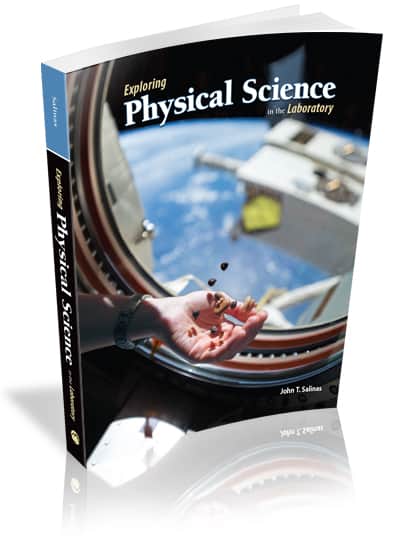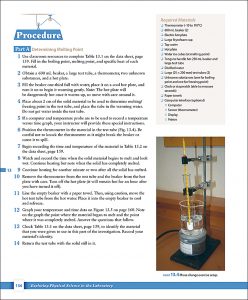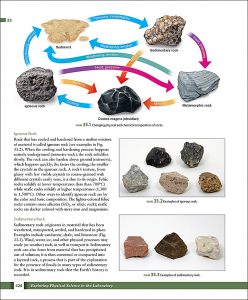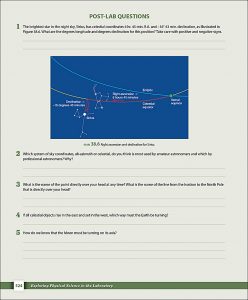John Salinas completed his undergraduate studies in physics at San Jose State University and received an early introduction to teaching. He spent ten fulfilling years teaching high school sciences, photography, and algebra. After completing graduate work in chemistry at Oregon State University and earning a Master’s Degree in Analytical Chemistry, he taught for thirty years at Rogue Community College, where summers typically involved field work studying and monitoring lakes, ponds, rivers, and streams in Southern Oregon.




